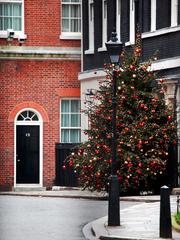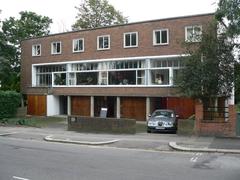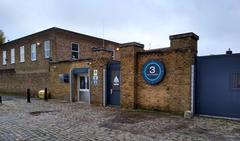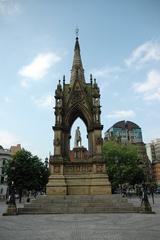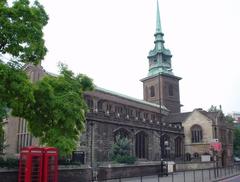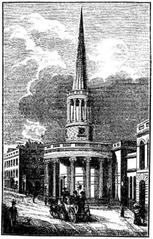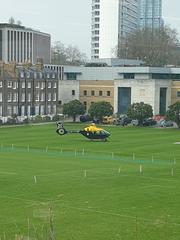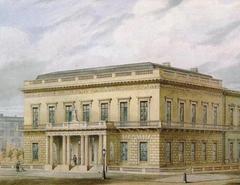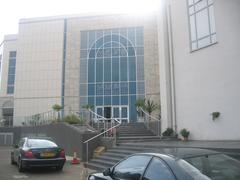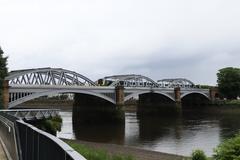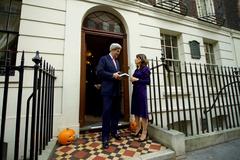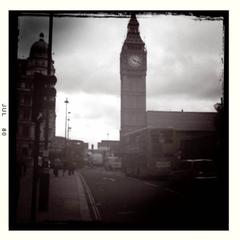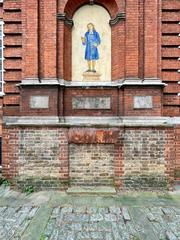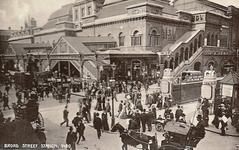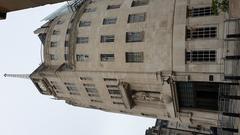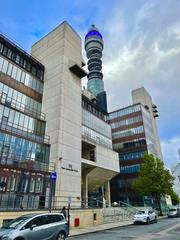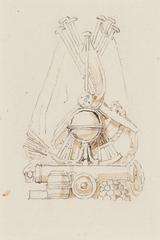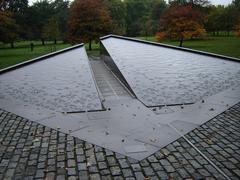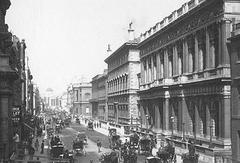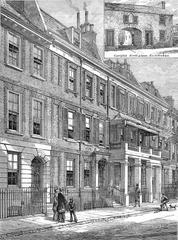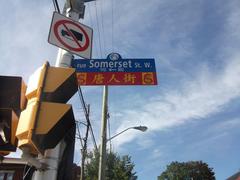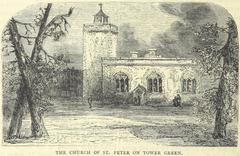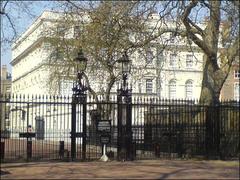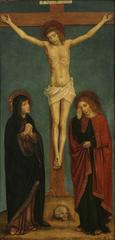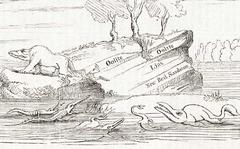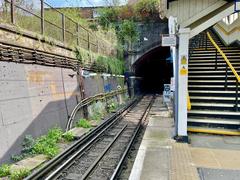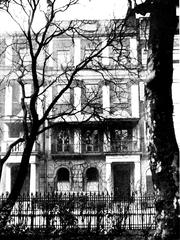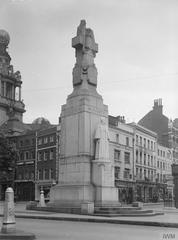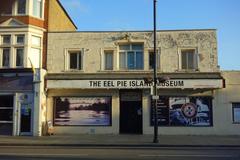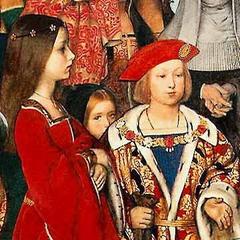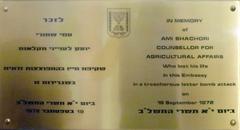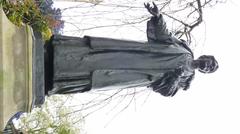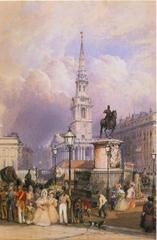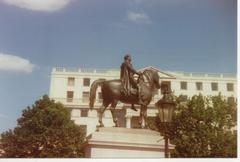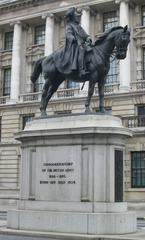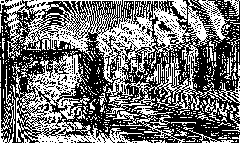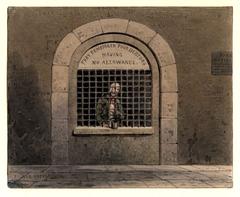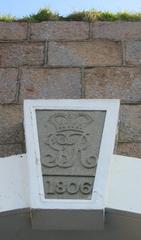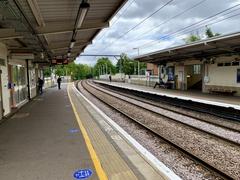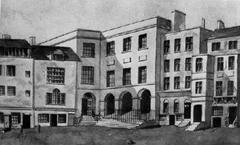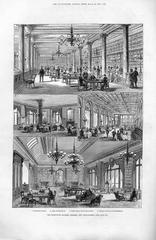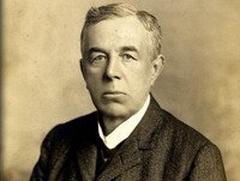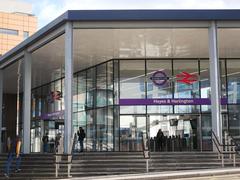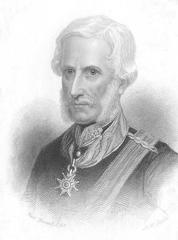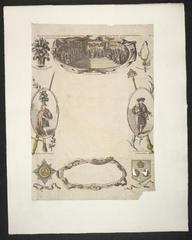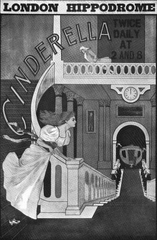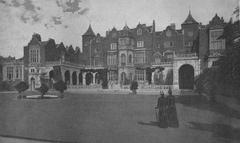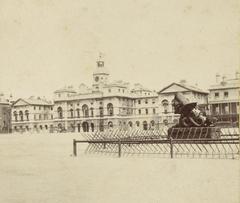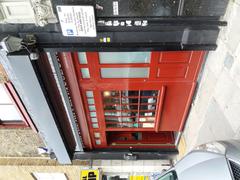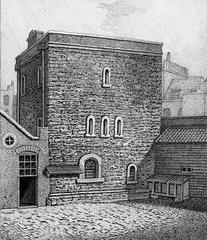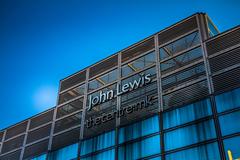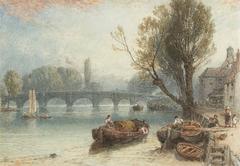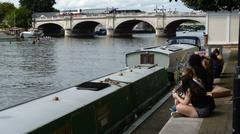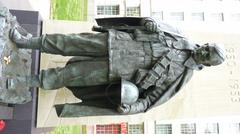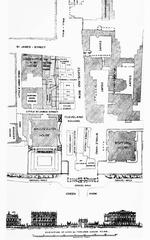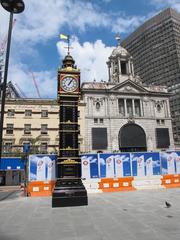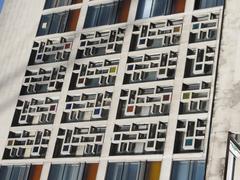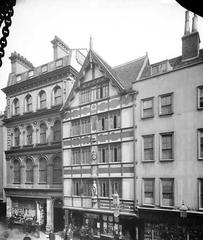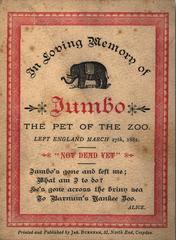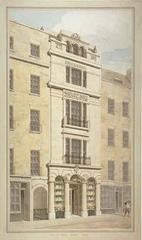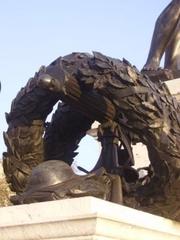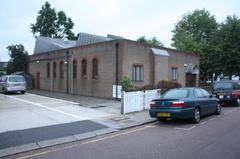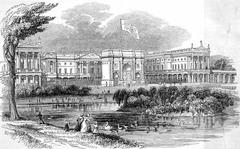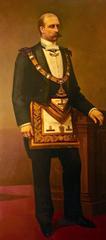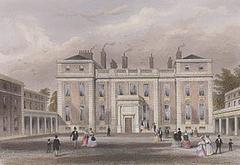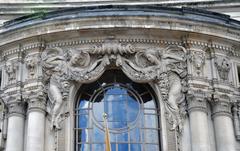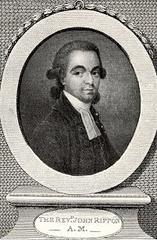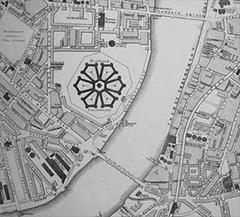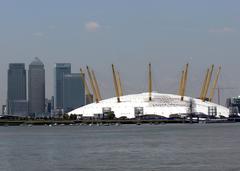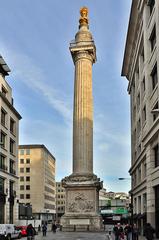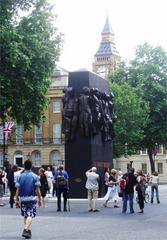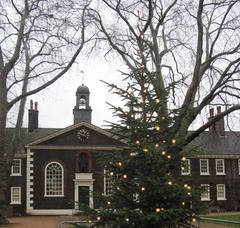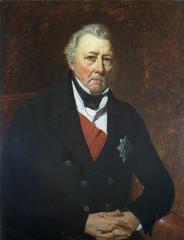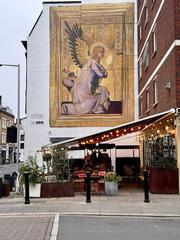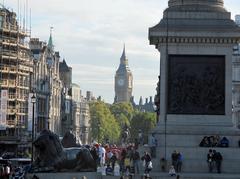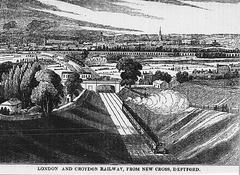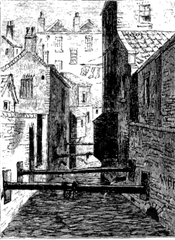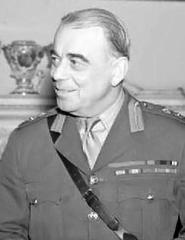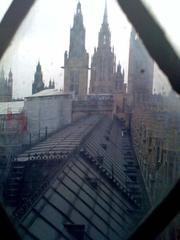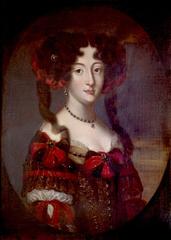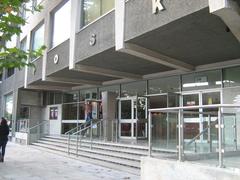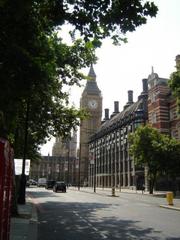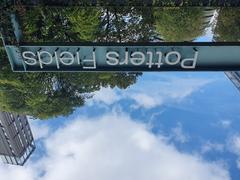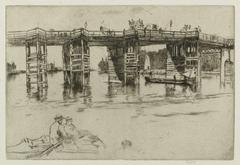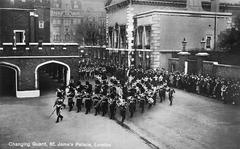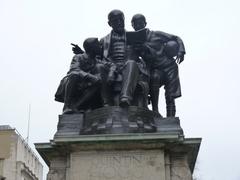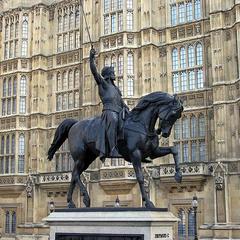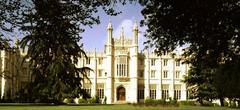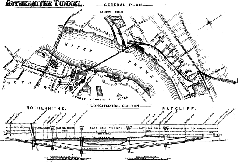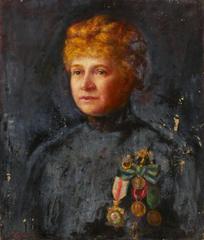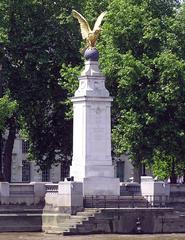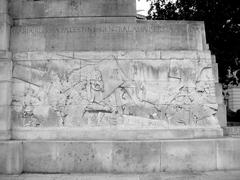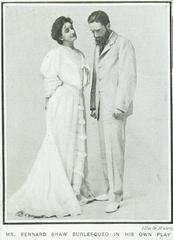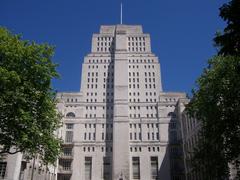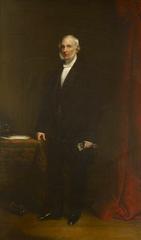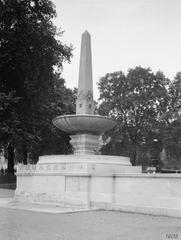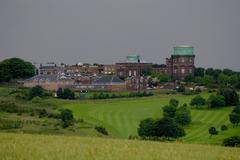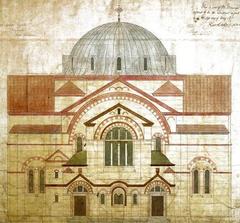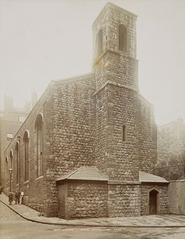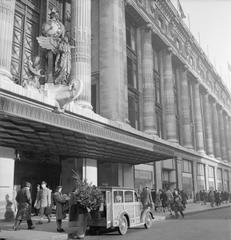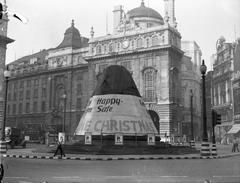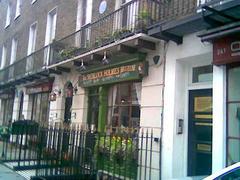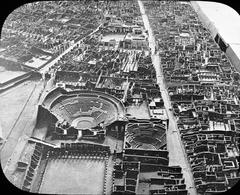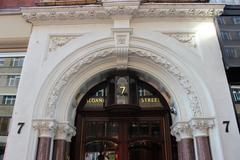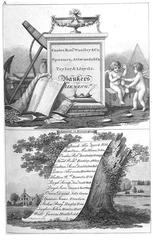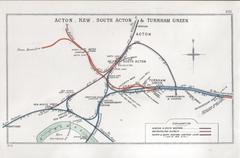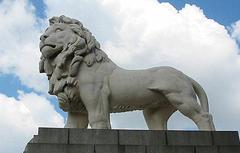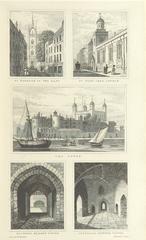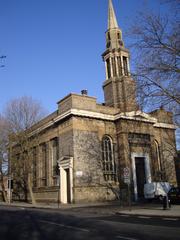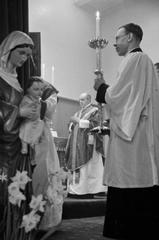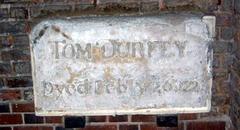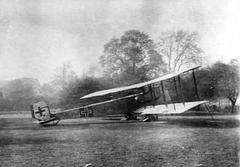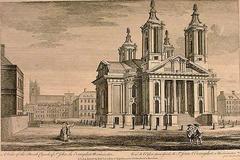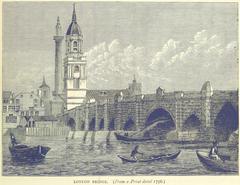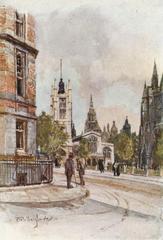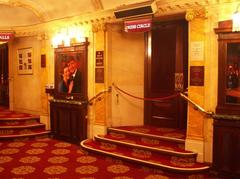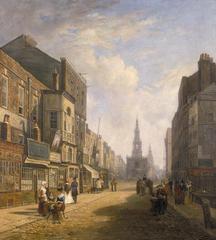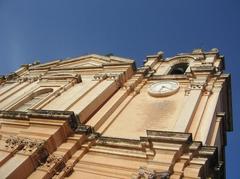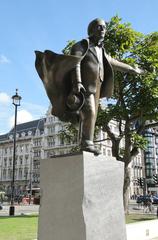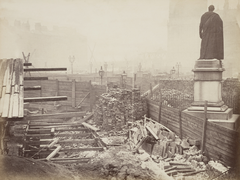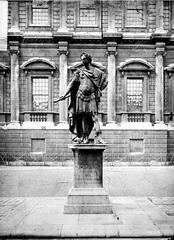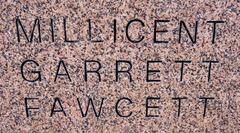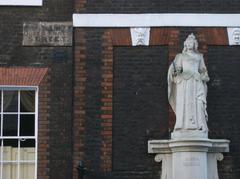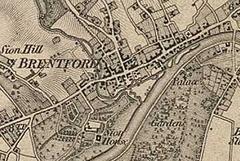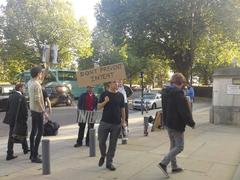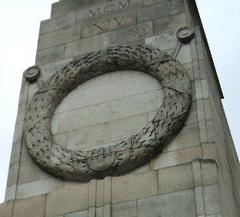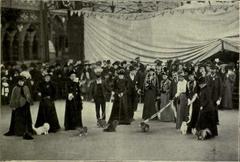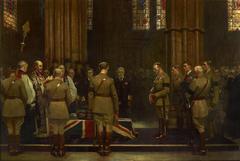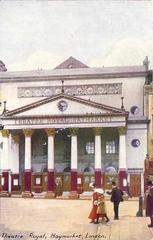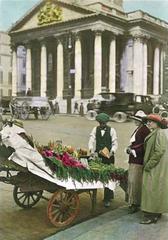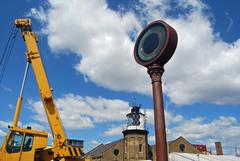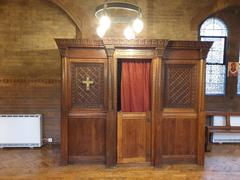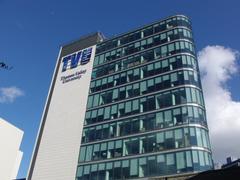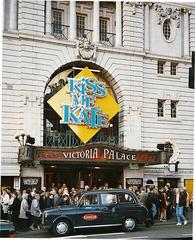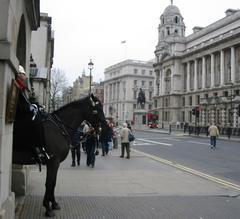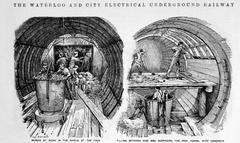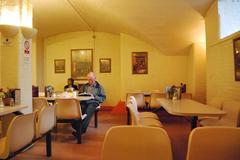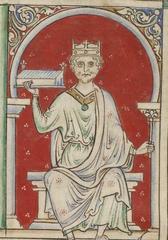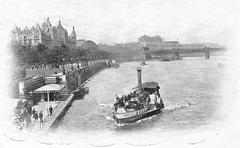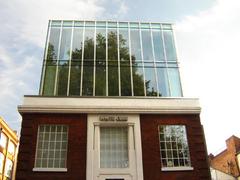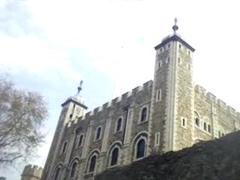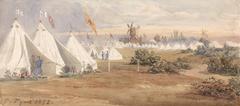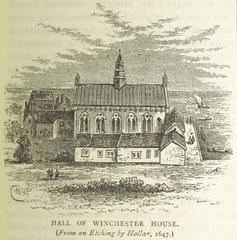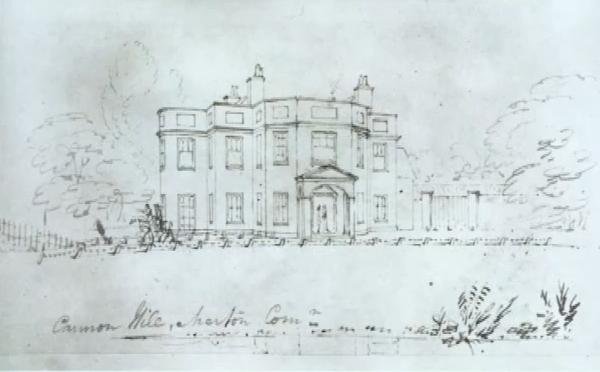
Visiting Cannon Hill Common: Hours, Tickets, and Historical Insights
Date: 24/07/2024
Introduction
Cannon Hill Common, nestled in the London Borough of Merton, is a captivating destination that offers a unique blend of historical significance, natural beauty, and recreational opportunities. This public park, officially opened in 1927, has a rich history that dates back to the medieval period when the land was part of Merton Priory’s extensive holdings. Over the centuries, the site transitioned from wild, uncultivated land to farmland and eventually to a private estate, before being acquired by the council and transformed into the public park we see today (Friends of Cannon Hill Common). The Victorian era saw the estate flourish under the ownership of Richard Thornton, a prominent City businessman, who maintained the land meticulously and transformed it into a hub for local gentry (Hidden London).
Today, Cannon Hill Common is not just a haven for wildlife and a place for community activities; it is also a testament to the area’s historical and cultural legacy. The park features mature woodlands, wildflower meadows, and a fenced nature reserve, making it a valuable ecological site designated as a Site of Borough Importance for Nature Conservation (Merton Council). This guide aims to provide a comprehensive overview of everything you need to know about visiting Cannon Hill Common, from its historical background and visiting hours to the various attractions and activities it offers.
Table of Contents
- Early History and Merton Priory
- Transition to Farmland and Estate
- The Victorian Era and Richard Thornton
- Decline and Public Acquisition
- Establishment as a Public Park
- Modern Developments and Conservation Efforts
- Cannon Hill Common Visiting Hours
- Cannon Hill Common Tickets
- Nearby Attractions
- Cultural and Social Significance
- Visitor Experience and Tips
- Frequently Asked Questions (FAQs)
- Conclusion
- References
Early History and Merton Priory
Cannon Hill Common, located in the London Borough of Merton, has a rich history that dates back to the medieval period. Originally, the land was part of the extensive holdings of Merton Priory, which was founded in the 12th century. The Priory, a significant religious institution, played a crucial role in the development and management of the land. The canons of Merton Priory acquired the manor in 1121 and began improving the land, which was initially wild and uncultivated. Over time, the land was sold for farming, marking the beginning of its agricultural use.
Transition to Farmland and Estate
By the 17th century, the land had transitioned into farmland. Historical records from 1613 describe the area as “a wood called Cannondowne Hill containing 60 acres” (Friends of Cannon Hill Common). The land continued to be farmed for centuries, reflecting the agricultural heritage of the region. In 1763, William Taylor, a military man who served many years in the 32nd regiment and later became a Major-General of the 14th Regiment, built Cannon Hill House. This impressive stuccoed mansion was surrounded by parkland and adjoined Cannon Hill Farm.
The Victorian Era and Richard Thornton
In 1832, the estate was purchased by Richard Thornton, a City businessman who made his fortune trading in the Baltic. Thornton lived in Cannon Hill House until his death in 1865, leaving behind a substantial fortune of nearly three million pounds, equivalent to about £140 million today (Friends of Cannon Hill Common). During Thornton’s ownership, the estate was well-maintained and became a hub for local gentry. The estate was known for its well-stocked game, including pheasants, partridges, hares, and rabbits, which attracted shooting parties.
Decline and Public Acquisition
After Thornton’s death, Cannon Hill House saw a period of decline. By 1880, the house was empty, and the surrounding land continued to be farmed. The house was likely demolished before the end of the century, although it appeared on maps into the 1930s (Wikipedia). In 1924, the estate was bought by George Blay for housing development. However, public pressure against the loss of all public land in the vicinity led Blay to offer the site of the former parkland to Merton and Morden Urban District Council. After initial doubts, the Council agreed to purchase 53½ acres for £17,610. The area was named Cannon Hill Common, despite never being part of the common land of the manor.
Establishment as a Public Park
Cannon Hill Common was officially opened as a public park on April 9, 1927 (Hidden London). The park included a central area designated as a wildlife reserve, reflecting the community’s commitment to preserving natural habitats. The site of the old Cannon Hill House was declared a bird sanctuary in 1929 and remains a fenced nature reserve with Open Days once or twice a year (Friends of Cannon Hill Common).
Modern Developments and Conservation Efforts
Today, Cannon Hill Common consists of amenity grassland with old oaks, some around 200 years old, allotments, two meadows, woodland, and an ornamental lake. The two meadows are allowed to grow long with just one hay-cut taken in July, enhancing their ecological value and interest. The South Meadow, bordered on two sides by Cannon Hill Lane and Parkway, has been managed in this way since 1976, and the North Meadow since 1990 (Friends of Cannon Hill Common).
Cannon Hill Common Visiting Hours
Cannon Hill Common is open to the public year-round. Visiting hours typically extend from dawn until dusk, although specific times may vary based on the season and local regulations. It is advisable to check the Merton Council website or contact local authorities for the most up-to-date information on visiting hours.
Cannon Hill Common Tickets
There is no admission fee to enter Cannon Hill Common. The park is a public space maintained by Merton Council, providing free access to all visitors. Some special events or activities within the park may have associated costs, so it is best to check event details in advance.
Nearby Attractions
Visitors to Cannon Hill Common can also explore nearby attractions in the London Borough of Merton. Popular sites include Morden Hall Park, a National Trust property with beautiful gardens and riverside walks, and Wimbledon Common, known for its vast open spaces and historic windmill. The area also offers various museums, shops, and dining options, making it a great destination for a day out.
Cultural and Social Significance
Cannon Hill Common has played a significant role in the social and cultural life of the local community. During its heyday in the 19th century, the estate hosted a steeple chase for local gentry, which took place from Raynes’ farm at West Barnes to Cannon Hill lake and back along what is today Blenheim Road (Wikipedia). The pavilion that once stood on the common housed a holiday play scheme in the early 1970s and a café in the late 1980s. Unfortunately, the pavilion was destroyed in a fire started by arsonists in 2008, and plans to rebuild it by Merton Council have not materialized.
Visitor Experience and Tips
Visitors to Cannon Hill Common can enjoy a variety of activities and sights. The park offers good views across London, with landmarks such as Tower 42 (previously known as the NatWest Tower) and Canary Wharf visible on clear days. Local landmarks such as Crown House and the Wimbledon ridge with Kings College School can also be seen (Friends of Cannon Hill Common). The park’s wildlife reserve, ornamental lake, and meadows provide a serene environment for nature enthusiasts.
For those interested in the park’s history, the remnants of the former landscaped grounds of Cannon Hill House, including the ornamental lake, offer a glimpse into the estate’s past. The bird sanctuary and nature reserve are also significant attractions, reflecting the park’s ongoing commitment to conservation.
FAQs
What are the visiting hours for Cannon Hill Common?
Cannon Hill Common is open from dawn until dusk. Check the Merton Council website for specific seasonal hours.
Is there an entrance fee for Cannon Hill Common?
No, entry to Cannon Hill Common is free.
What attractions are near Cannon Hill Common?
Nearby attractions include Morden Hall Park, Wimbledon Common, and various museums and shops in the London Borough of Merton.
What can I see at Cannon Hill Common?
Visitors can enjoy the wildlife reserve, ornamental lake, meadows, and historical remnants of Cannon Hill House.
Conclusion
Cannon Hill Common stands as a remarkable example of how urban green spaces can serve multiple purposes, from preserving natural habitats to providing recreational opportunities and educational experiences. Its historical journey from medieval farmland to a Victorian estate and finally to a public park reflects the community’s commitment to preserving its natural heritage while adapting to contemporary needs. Today, the common is a sanctuary for wildlife and a cherished recreational space for locals and visitors alike. The involvement of community groups like the Friends of Cannon Hill Common underscores the park’s cultural and social significance, fostering a sense of shared responsibility and community spirit (GoParks London). Whether you’re a history enthusiast, a nature lover, or simply looking for a peaceful retreat within the bustling city of London, Cannon Hill Common offers something for everyone. From its ancient woodlands and wildflower meadows to its historical remnants and community events, the common provides a rich tapestry of experiences that are both enriching and enjoyable. As you explore this unique urban oasis, you’ll not only connect with nature but also contribute to the ongoing efforts to preserve and enhance this invaluable green space for future generations.


